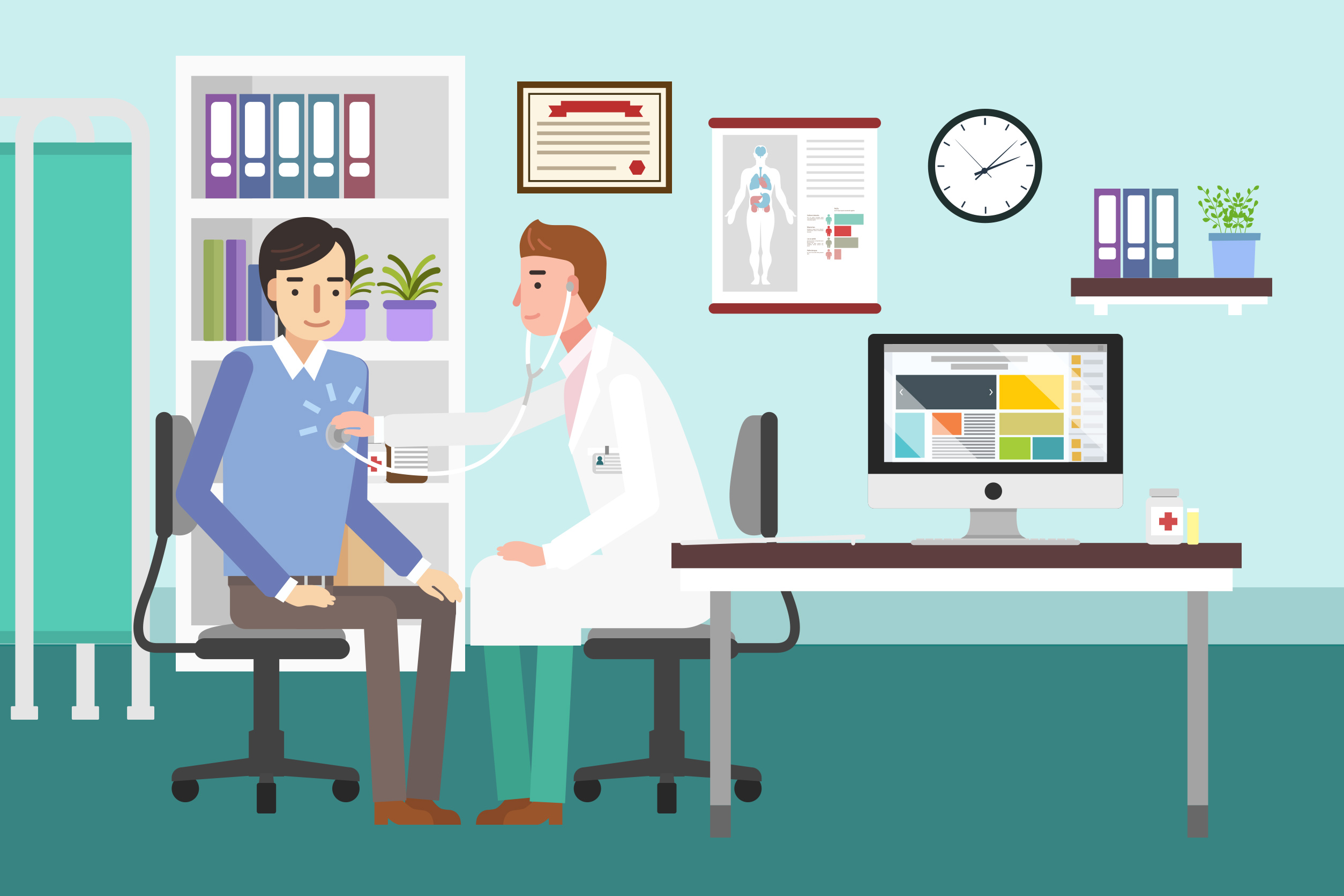The Comprehensive Role of Drug and Health Screening in the Workplace
Key Takeaways
- Drug and health screenings are essential for fostering a safe, efficient, and productive work environment.
- There are several screenings, each serving unique purposes ranging from pre-employment vetting to post-accident analysis.
- Implementing well-structured screening programs can reduce workplace incidents and improve employee wellness.
Table of Contents
- Benefits of Drug and Health Screening
- Types of Screenings Available
- Data-Driven Decisions
- Steps to Implementing Screening Programs
- Making It Work for Your Company
- Employee Privacy and Consent
- Conclusion: Healthier, Safer Workplace
Benefits of Drug and Health Screening
Ensuring a safe and productive work environment is crucial for the success of any employer. Drug and health screenings serve as practical tools to identify potential health issues and substance abuse problems before they escalate. These proactive measures help in building a safer and more reliable workforce. Additionally, early identification of health and substance issues can lead to timely interventions, ultimately saving the company significant costs associated with healthcare, absenteeism, and occupational injuries.
Moreover, regular drug and health screenings can significantly boost employee morale and productivity. Job satisfaction increases when workers feel valued and cared for, knowing their employer invests in their well-being. This can lead to higher levels of engagement and efficiency, creating a more harmonious and productive work environment. Implementing these screenings also sends a clear message about the company’s commitment to maintaining a healthy and safe workplace, which can improve the overall organizational culture.
Types of Screenings Available
- Pre-employment Screening: This type involves drug tests and physical exams to ascertain if potential employees are suitable for their roles. It ensures that new hires meet the physical and health requirements for specific job functions, reducing the risk of future health-related issues.
- Random Drug Testing: Conducted without prior notice, random drug testing acts as a deterrent for employees to engage in substance abuse due to the unpredictability of the tests. This helps maintain a drug-free workplace, essential for industries with stringent safety regulations.
- Post-Accident Testing: Vital for determining whether drugs or alcohol were involved in workplace accidents. Post-accident testing helps identify the root cause of incidents and ensures accountability, promoting a safer work environment.
- Return-to-Duty Testing: For employees returning from an absence, this testing verifies their readiness to resume duties. It ensures returning employees are physically and mentally fit to perform their roles, preventing potential safety hazards.
Data-Driven Decisions
Employing regular health and drug screenings has been shown to reduce workplace incidents and boost productivity. Implementing a well-structured pre-employment drug test can prevent future issues, such as workplace accidents or decreased productivity due to health-related absenteeism. This indicates that investing in a robust screening program can substantially improve workplace safety and performance. The data collected from these screenings provides valuable insights into employee health trends, enabling targeted interventions and support programs to be implemented.
Screening data can also help employers identify trends and address issues before they become severe. By analyzing the results of these screenings, companies can implement targeted interventions and support programs, fostering a healthier workforce. For example, if a substance abuse trend is identified, the company can take specific measures to address it through education, counseling, and other support mechanisms. This proactive approach enhances employee well-being and minimizes potential risks and liabilities for the company.
Steps to Implementing Screening Programs
- Consult with medical professionals to understand your workforce’s needs. This initial step involves assessing your industry’s unique health and safety requirements and workforce demographics to tailor an appropriate screening program.
- Select the screening types most pertinent to your industry. Different industries have varying levels of risk and safety requirements. For example, the construction industry may require more frequent drug screenings due to the high-risk nature of the job.
- Communicate the purpose and procedures of screenings to your employees. Transparency is critical to gaining employee buy-in and ensuring they understand the reasons behind the screenings. This can help alleviate any concerns or resistance to the process.
- Ensure all screenings comply with legal and ethical standards. Adhering to legal guidelines and ethical best practices is crucial in maintaining the integrity of the screening program and protecting employee rights.
Making It Work for Your Company
In order to ensure the effectiveness of a screening program, it should be customized to align with the unique requirements of your organization. This entails considering factors like the nature of the work, the environment, and any inherent risks. For example, industries like construction necessitate more frequent and comprehensive screenings due to higher safety demands. Resources from organizations such as the Society for Human Resource Management can assist companies in maintaining compliance with Equal Employment Opportunity laws. According to a study by NCBI, companies that integrate consistent screening practices report a significant decrease in incidents related to substance abuse. Additionally, companies should consider integrating wellness programs and employee assistance programs alongside their screening protocols. These initiatives can provide ongoing employee support, readdress concerns, and promote well-being. Implementing comprehensive wellness programs can enhance the effectiveness of screening efforts by providing employees with the resources and support they need to maintain their health and well-being. For example, on-site health clinics, mental health resources, and fitness programs can contribute to a holistic approach to employee health.
Employee Privacy and Consent
Balancing workplace safety with employee privacy is essential. Screenings should always be conducted with informed consent, and the results must be kept confidential to build trust and ensure compliance with privacy regulations. This approach not only respects the privacy of employees but also fosters trust and transparency within the organization. Companies can promote a culture of cooperation and understanding by ensuring that employees are fully aware of the screening procedures and their purpose.
Employers should ensure that employees understand the reasons behind the screenings and how the data will be used. Clear communication and a transparent approach can alleviate concerns and build a cooperative environment. Furthermore, providing training and education about the importance of screenings and their benefits can help employees appreciate the value of these initiatives. This collaborative approach ensures that the screening process is viewed as a positive contribution to workplace safety and well-being rather than an intrusive measure.
Conclusion: A Healthier, Safer Workplace
Drug and health screenings are integral for regulatory compliance and cultivating a work culture that prioritizes health, safety, and productivity. Establishing a comprehensive screening program benefits both employers and employees, creating a collaborative, efficient, and safe work environment. By investing in a structured and thoughtful screening initiative, companies can enhance their operational effectiveness and foster a positive workplace culture. The long-term benefits of improved employee health, reduced workplace incidents, and increased productivity far outweigh the initial investment in screening programs, making it a prudent and impactful strategy for any organization.
Keep an eye for more news & updates on GlamourUer.Com!






